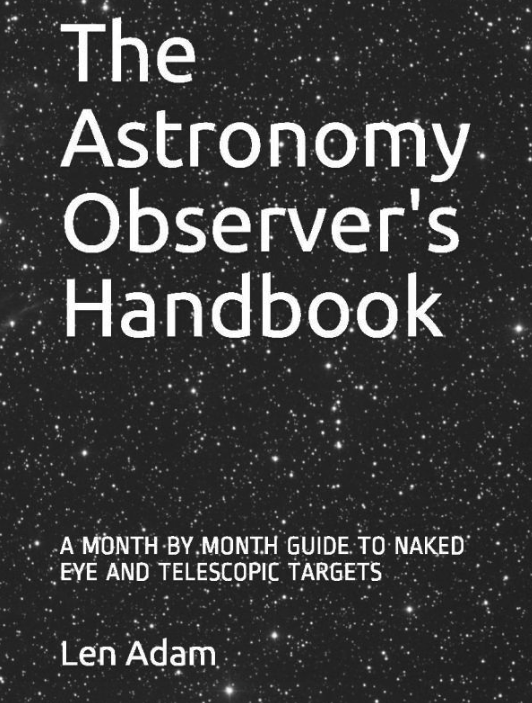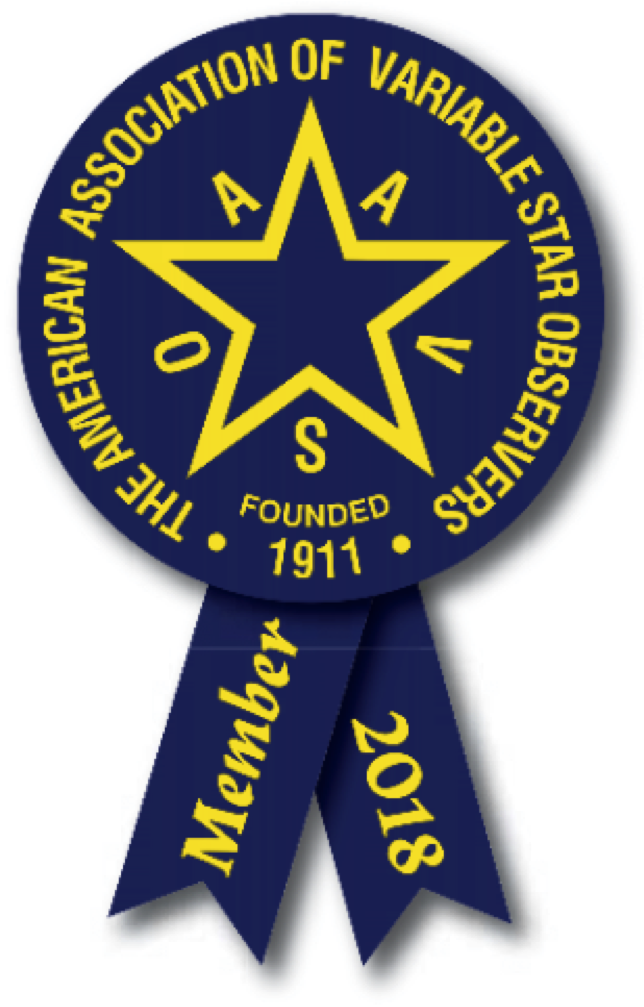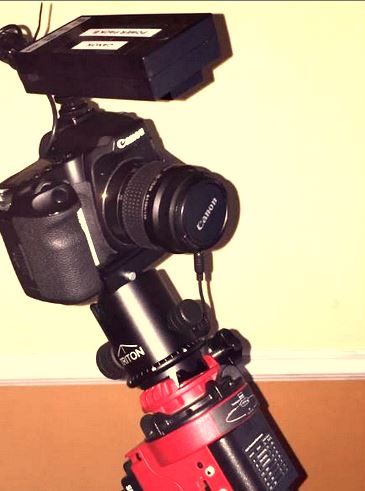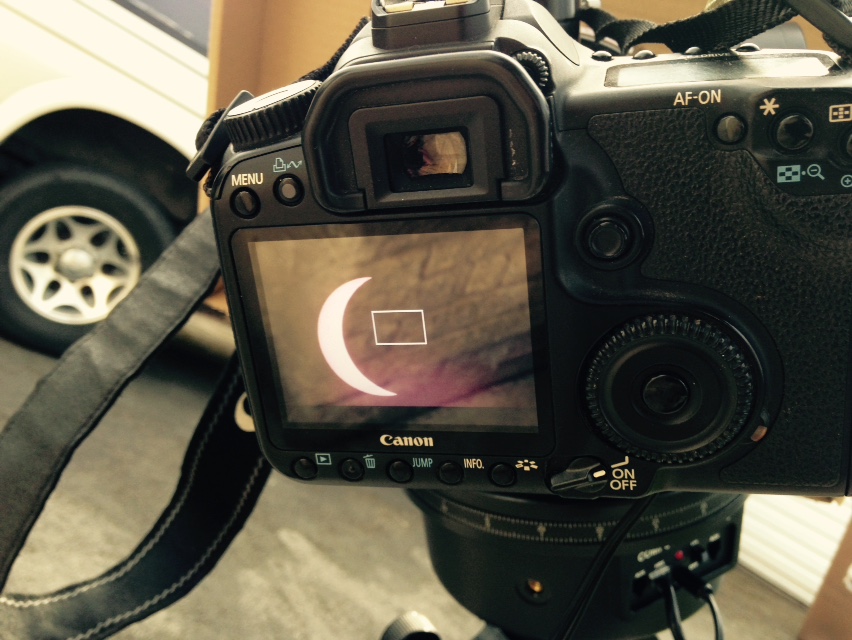Day 30 Cloudy in Spain, NGC 6416 imaged using T9 with a V Filter in Siding Spring
 Thursday, March 13, 2014 at 2:04PM
Thursday, March 13, 2014 at 2:04PM The day started well - as I type some clouds have appeared and the sun is behind them! It developed into a fairly poor day with gusty winds - not looking good for observing. I think it is due to improve over the next few days.
No clear skies here so I used telescope T9 in New South Wales to image a couple of open clusters that are part of a project I am working on. The first cluster was NGC 6416.
This image is taken with a V Photometric Filter as my project is about the photometry of open clusters.
The next image is a negative of NGC 6416
So North is up and East is to the left. The scale is shown by the 1 arc minute line at lower left.
The table below gives the field of view of the image and the plate scales
So it is quite a small field of view.
I chose this telescope to image this object as the catalogue size of the object is 15' X 15' - so a fairly tight fit.
Note that the date given on the image is tomorrow the 13th March as Siding Spring is ahead of us but the time given is Universal Time. So it was 5.11 p.m. in the UK, 6.11 p.m. in Spain but in Siding Spring it was 4.11 a.m. the next morning.
I did a plate solution in SkyX as shown below
I set the plate scale at 0.8 arceconds per pixel so the SkyX could work out the precise scale of the map to compare the image with to be able to get a solution and an agreement on 103 of the stars in the image.
The next stage was to look at the area of the image superimposed on the SKyX chart.
I have clicked on a star on the chart and used the Tycho catalogue designation and information.
The Tycho catalogue includes photometric magnitudes for the stars in B and V. The V magnitude for the star is given as 8.83 so I now have a reference magnitude for a comparison star. By identifying a few more for comparison and check stars in the same way I can determine the V magnitude for all of the stars in the cluster from the image using VPhot. To be continued.........
 [Your Name Here] | Comments Off |
[Your Name Here] | Comments Off | 










